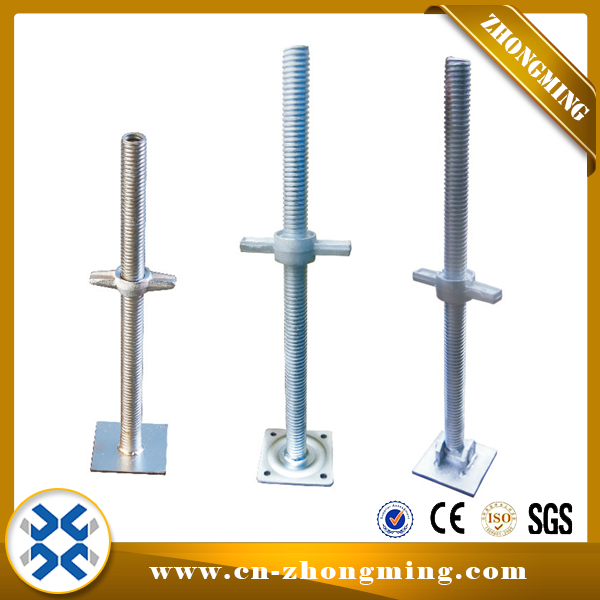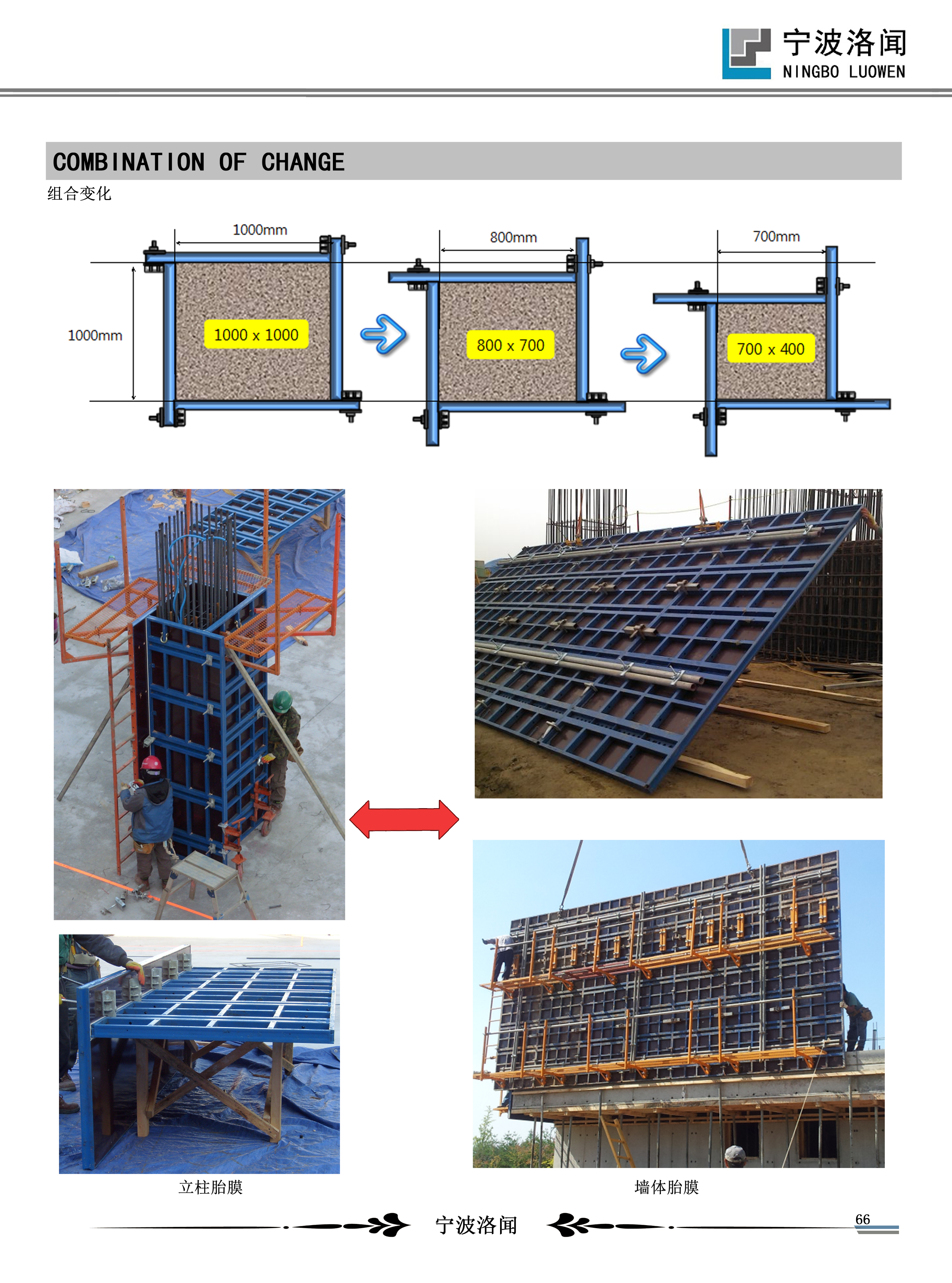Our car experts choose every product we feature. We may earn money from the links on this page.
For its new flagship sedan, BMW establishes a singular design language—inside and out—that works for any propulsion type. Cladding Aluminium Composite Panel

Intense rivalries between companies often yield outstanding products, which has been true for BMW and Mercedes-Benz for decades. Separated by only 130 miles in southern Germany, the two automakers have mirrored product developments in segments such as two-seat roadsters, high-performance coupes, and luxury crossovers in just about every shape and size.
But it’s the flagship sedans from Munich and Stuttgart that tend to excite the global auto industry like no others because the newest technologies, most advanced powertrains, and plushest interiors will be fully baked in, setting a template for just about every lower-tier vehicle from each brand to follow—while influencing designers across the industry.
This tradition takes on a new twist this year with the arrival of BMW’s seventh-generation 7-Series, which has been smartly developed to meet the needs and desires of all high-end luxury shoppers, whether they want a conventional gasoline engine (or diesel, overseas), a plug-in hybrid (available by spring 2023), or an all-electric battery-powered drivetrain. All the bases are covered.
Meanwhile, the Mercedes S-Class, also in its seventh generation, launched two years ago, then was followed a year later by the all-electric EQS sedan. These two flagship sedans look completely different—the play-it-safe, conventional S-Class vs. the jellybean futuristic form of the EQS.
Through the first nine months of this year, the S-Class and EQS have combined for 18,000 sales in the US—a third of them the all-electric EQS. Combined, they represent a solid effort, placing second in the upper luxury segment behind the Tesla Model S, which, despite its age, has sold more than 22,000 units in the first nine months.
With the new 2023 7-Series, BMW has a united front that establishes a singular design language—inside and out—that works for all three propulsion types. For shoppers, this means visiting a BMW showroom and seeing the same exterior and interior colors, the same interior content, the same wheels, the same optional Swarovski crystal headlamps—and merely having to decide between all-electric and gasoline for the powertrain.
That’s astute marketing and smart product development, which allows the plant in Dingolfing, Germany, to quickly and cost effectively adapt to buyer trends. We can’t think of another example of an automaker launching an existing nameplate with gas and all-electric powertrains at the same time with the same styling.
Now let's have a look at the car, which is magnificent in many ways and confounding in others. The powertrains are the big differentiators, and we drove both the all-electric ’23 i7 xDrive60 sedan and the ’23 760i xDrive with the improved 4.4-liter turbocharged V8 with a 48-volt mild hybrid system.
To drive (or ride in) the i7 EV on the highway or in the city is like being ensconced in a large, comfortable cocoon with large windows to watch the world go by in near silence, floating gently over whatever road imperfections might lie below. The car is supremely steady and confident, even on the desert twisties at a good clip, but the mass of the 105.7-kWh (101.7 kWh usable) lithium-ion battery is always evident.
The i7 tips the scales at a portly 5917 pounds—nearly 1000 pounds heavier than the 760i and 1323 pounds heavier than the 6-cylinder 740i. Relative to the competition, that’s heavier than the Mercedes EQS and a lot chunkier than the smaller Tesla Model S (which weighs in at 4766 pounds in its heaviest form).
With that extra weight, the EPA-rated range for the i7 lags behind the Model S and EQS: 318 miles with 19-inch wheels and Pirelli P Zero tires, 305 miles with 21-inch wheels (also with Pirelli P Zeros), and 295 miles with 20-inch rims wearing all-season tires.
But the i7’s performance is impressive, with a combined output from two motors of 536 hp (same as the 760i) and 549 lb-ft of torque. While the 760i makes 553 lb-ft, the i7 delivers its peak torque much quicker—at 1 rpm. A single-speed transmission carries that power to the i7’s four wheels while gasoline 7-Series sedans use an 8-speed automatic. All-wheel drive is standard with the i7 and 760i, while the six-cylinder 740i sedan is rear-wheel drive only.
On the road, the i7 is plenty fast, especially in sport mode, and BMW reports a 0-60 mph time of 4.5 seconds, slightly behind the V8-powered 760i (4.1 seconds) but faster than the 740i (5.2 seconds). During the test drives in Rancho Mirage, California, BMW offered comparative test drives in the smaller i4 EV, which snaps the head back like a bucking bronco when the accelerator pedal is mashed. Though stout, the i7 is more sedate.
We logged 123 miles in the i7 in the city, on the highway and in the desert canyons while burning 154 miles of range, according to the vehicle trip computer. The car also said we drove 2.6 miles for each kWh of electricity consumed, which isn’t very impressive—modern EVs should do closer to four miles for each kWh. In the i7’s defense, our drive took three hours, with at least two lengthy stops for photography.
Seat time in the 760i is an absolute joy, with its luscious 4.4-liter V8 holding two upgraded turbochargers inside the vee, one feeding each bank of cylinders. BMW Motorsport provided a few upgrades for the V8, including a new exhaust manifold and external oil cooling. The motor for the 48-volt mild-hybrid system is now placed within the eight-speed automatic, which improves power delivery and allows more braking energy to be recaptured.
As good as the i7 is, it’s difficult for any battery-electric car to stand out for its powertrain performance. There’s a lot of inherent similarities in modern EVs and no unique combustion or exhaust sounds to differentiate brands. But there’s no mistaking the 4.4-liter V8 in the 760i as pure Bavarian gold, purring at idle, snarling when prompted, and wrapping the driver like a warm, familiar blanket when cruising at high speed.
Not to be overlooked (although it wasn’t available at the media launch) is the 740i, powered by an upgraded version of the award-winning 3.0-liter turbocharged inline six-cylinder. This version of the B58 engine now runs on the Miller combustion cycle (to improve efficiency) and features redesigned intake ports and combustion chambers and electronically controlled VANOS variable camshaft timing, along with the 48-volt mild-hybrid technology.
Having covered the powertrain differences within the new 7-Series, we can focus on the shared content, and there’s lots of it.
Every 7-Series seats five occupants with the rear center armrest up. Overall length is 212.2 inches (5 inches longer than the previous 7-Series), with a wheelbase of 126.6 inches. The new car is about 2 inches wider and taller than the one it replaces. The i7 has less ground clearance (at 5.4 inches), than the gasoline-powered 7-Series, and trunk volume also suffers in the i7, at 11.4 cubic feet of space, down from 13.7 cubic feet in the others.
The interior provides the kind of “modern, progressive luxury” to be expected from a 7-Series, punctuated with ash and oak real wood trim, copious amounts of brushed aluminum, and soft Merino leather. Animal lovers might prefer the durable, handsome seat fabric made of cashmere wool and a polyester blend.
Connectivity and entertainment are paramount in this segment, so a curved display sweeps across the upper part of the instrument panel, consisting of a 12.3-inch gauge cluster in front of the driver, positioned next to a 14.9-inch display screen placed above the center stack.
BMW’s familiar iDrive joystick controls access to the central screen, but voice commands work well too. The overall interior layout (with spectacular color graphics) creates a calm space with very few hard buttons, nearly all of them now integrated within the central screen, gauge cluster, or steering wheel.
This brings us to the issues that left us disappointed in the new 7-Series.
A polycarbonate strip about an inch thick sweeps across the middle of the instrument panel, carrying on to the door trim. It’s quite lovely at night, able to change colors like a disco ball and create whatever mood you like. But in daylight, that same polycarbonate strip, with its constantly changing angles and contours, creates too much glare and readily shows fingerprints, especially where touch controls are integrated within the strip.
On the functional side, the 7-Series is loaded with driver-assistance technologies, but the most heralded of them was extremely glitchy. Assisted Driving Plus, similar to Super Cruise in General Motors’ vehicles, is supposed to allow hands-off driving on the freeway at 85 mph, with automated lane changing.
My drive partner and I could not get the system to work, despite repeated attempts in both the i7 and 760i. After a few meetings with BMW engineers, they determined that the cloth masks we were wearing over the nose and mouth prevented the interior cameras from getting a good reading of our faces. They also said ultraviolet coatings on our glasses (in addition to certain types of sunglasses) can create issues for these interior cameras.
That’s odd because we haven’t experienced these issues with similar systems from other automakers. My drive partner later drove a 7-Series without wearing a mask and said the system worked as advertised, although automated lane changing was occasionally abrupt.
The 7-Series comes with power opening doors, but they too are quite fussy. They don’t open very quickly or completely, especially if you might be standing too close to it. From the inside, there are two buttons for getting out: One button opens the door completely if there’s no obstacle outside, while the other merely releases the door, so you can open it the rest of the way manually.
There will be occasions when you use the button, and the door won’t open wide enough for you to get in the car, so then you’re pulling the door open manually. Did we mention how massive and heavy these doors are? It’s a source of user frustrations before you’ve even taken a seat.
Finally, the 7-Series has a blindspot for drivers who glance over the right shoulder instead of relying on sideview mirrors—the result of an exceedingly wide B-pillar and large head restraints. When the 31-inch BMW Theater Screen is deployed downward from the ceiling for second-row occupants, that blocks the rear view as well. There’s also a rear privacy shade that completely shuts down any view out the back.
Even with these issues, the 7-Series is an accomplished vehicle that sets the stage for many more BMW Group EVs in the near future.
Pricing for the 7-Series is predictably ambitious, starting at $94,295 for the 740i, $114,995 for the 760i xDrive, and $120,295 for the all-electric i7 xDrive60. The cars will be in US showrooms on Nov. 26, and the plug-in hybrid arrives next spring.
BMW began taking orders for the new 7-Series in April, and most of the units are spoken for through the first half of 2023.

Aluminium Ceiling Panel How do you like BMW's new 7-Series and its offering of the all-electric i7? Please comment below.